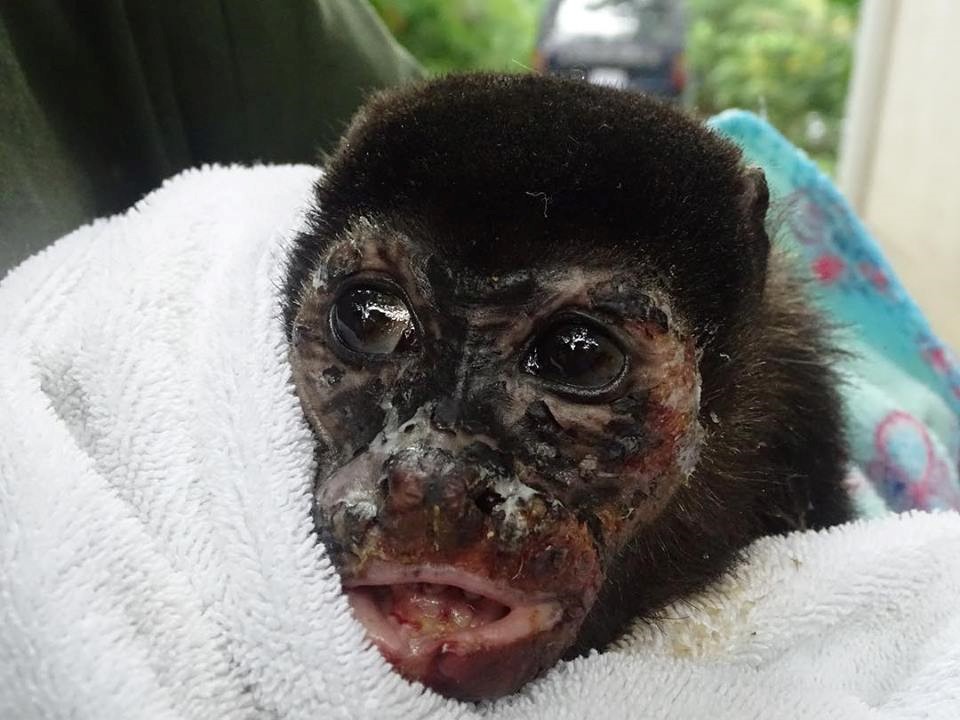In an electrifying move, Costa Rica has flipped the switch on wildlife conservation, initiating a landmark decree to prevent our furry and feathered friends from becoming unintended victims of the nation’s power lines. This new regulation isn’t just about keeping the lights on; it’s about keeping Costa Rica’s abundant wildlife safe from the perils of modern electricity.
“No More Shocking Surprises: A New Decree for Wildlife Safety”
The central goal of this decree is shockingly simple: reduce animal electrocutions to a bare minimum. But it’s not just about preventing these tragic incidents. When accidents happen, the plan includes swift action to aid injured or orphaned animals, and even better, it promotes the construction of wildlife crossings for safer animal travel. Think of it as Costa Rica’s version of a wildlife expressway, minus the toll booths.
“Collaboration Is Key: Powering Up Wildlife Protection”
The brains behind this bright idea are a diverse group, including NGOs, the government, the National Commission for Biodiversity Management (OT-CONAGEBIO), the National System of Conservation Areas (SINAC), and even the folks who handle the power lines. Franz Tattenbach, the Minister of Environment and Energy, is like the conductor of this grand wildlife symphony, orchestrating harmony between human needs and animal safety.
“Electrifying Challenges: The Struggle for Safe Skies and Grounds”
As Costa Rica’s cities and tourist spots grow and glow, the need to protect animals from becoming accidental circuit breakers becomes ever more crucial. Tattenbach hits the nail on the head, warning that without careful planning, our quest for connectivity could turn into a deadly trap for the country’s beloved wildlife.
“The Ground Rules: A Blueprint for Safer Power Lines”
This isn’t just about lofty ideals; there are concrete guidelines in place. Companies are now required to follow a set of minimum standards to keep animals from playing a dangerous game of ‘high voltage hopscotch’. Even the public gets to play a role, turning everyone into a wildlife guardian by reporting risky power line locations or trees that are a tad too friendly with electrical wires.
“Community Power: Involving Locals in the Conservation Effort”
MINAE, the Ministry of Environment and Energy, isn’t just sitting in an office. They’re out in the communities, encouraging locals to be the eyes and ears of this initiative. It’s about spotting danger zones, participating in maintenance efforts, and planting trees that double as wildlife diners and rest stops.
“A Jolt of Reality: Balancing Human and Environmental Needs”
Tattenbach wraps up with a powerful message: It’s about striking a balance. We need to light up our lives without dimming the chances of wildlife survival. This comprehensive approach to mitigating the impact of power lines on Costa Rica’s rich biodiversity is more than just a decree; it’s a commitment to ensuring that the country’s wildlife and human residents can coexist, buzz-free.


1 comment
[…] Source link […]